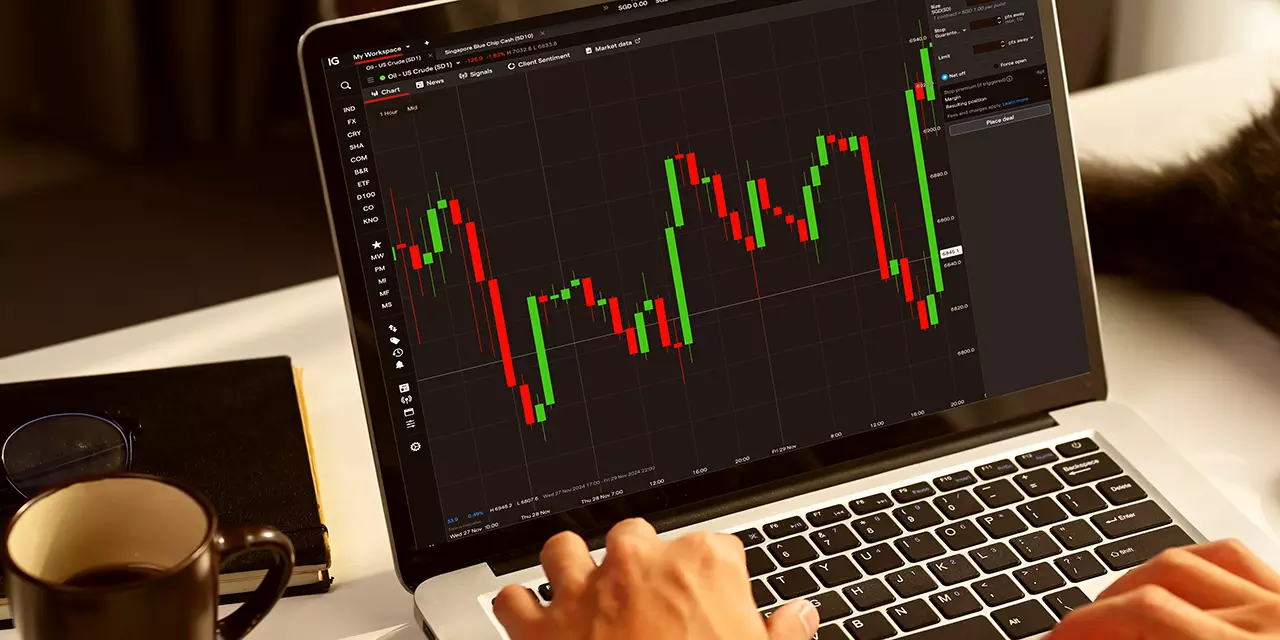
For anyone new to trading, mastering market mechanics without risking real capital is essential. Paper trading provides a risk-free environment where beginners can practice executing trades, testing strategies, and understanding market behavior. However, not all platforms offer the same tools or usability. Choosing the Best Paper Trading Platform ensures an effective learning experience and builds confidence before venturing into live trading. This article explores the top features beginners should look for when selecting a platform for paper trading.
Understanding Paper Trading
Paper trading is a simulated trading process where traders buy and sell securities using virtual money instead of real capital. The primary goal is to practice trading strategies, understand market movements, and gain experience without financial risk.
Beginners benefit from paper trading because it allows them to:
- Learn how order execution works.
- Test strategies under real market conditions.
- Understand risk management and position sizing.
- Build confidence before committing real money.
With the right platform, these benefits can be maximized, making it easier for beginners to transition to live trading successfully.
Real-Time Market Data
One of the most important features of the Best Paper Trading Platform is access to real-time market data. Accurate, live pricing ensures that trades simulate real-world conditions. Delayed data can misrepresent market dynamics, leading beginners to develop unrealistic expectations about order execution, spreads, and volatility.
A platform with live data allows traders to:
- Monitor price movements and trends.
- Execute orders as they would in live trading.
- Analyze market reactions to news events in real time.
Without real-time data, paper trading loses its effectiveness as a training tool.
Intuitive and User-Friendly Interface
Beginners should look for a platform with a clean, intuitive interface. A complicated or cluttered design can make paper trading confusing and hinder learning. The Best Paper Trading Platform provides:
- Easy navigation between charts, order screens, and watchlists.
- Clear visualization of positions, balances, and P&L.
- Customizable layouts to match individual preferences.
An intuitive platform reduces distractions and allows beginners to focus on strategy development rather than struggling with technical navigation.
Advanced Charting and Analytical Tools
Effective trading requires analysis. The best platforms provide advanced charting and technical analysis tools that mirror real trading environments. For beginners, these tools are critical for:
- Identifying support and resistance levels.
- Analyzing trends with moving averages, RSI, MACD, and other indicators.
- Backtesting strategies on historical data.
By integrating these analytical capabilities into paper trading, beginners learn how to make informed decisions and develop strategies that are more likely to succeed in live markets.
Order Execution Features
Even in a simulated environment, understanding order types and execution is essential. The Best Paper Trading Platform allows beginners to practice:
- Market orders, limit orders, and stop-loss orders.
- Conditional orders and advanced entry/exit strategies.
- Partial fills and order slippage simulation.
Practicing these features ensures that beginners understand how different orders function and how timing affects trade outcomes in live trading scenarios.
Risk Management Tools
Risk management is a critical component of trading success. The best platforms offer features that allow beginners to simulate real-world risk management, such as:
- Position sizing calculators.
- Stop-loss and take-profit alerts.
- Portfolio performance tracking and exposure monitoring.
By practicing risk management during paper trading, beginners develop discipline and learn how to protect capital when transitioning to live markets.
Portfolio Tracking and Reporting
Monitoring performance is crucial for improvement. A high-quality paper trading platform provides detailed reports and portfolio tracking. Beginners should look for:
- Trade history with P&L analysis.
- Performance metrics for strategies tested.
- Visualization of portfolio allocation and diversification.
These insights help beginners identify strengths and weaknesses, refine strategies, and make better decisions in future trades.
Accessibility and Multi-Device Support
The ability to access a paper trading platform across devices ensures that beginners can practice anytime, anywhere. The Best Paper Trading Platform should be:
- Available on desktop, web, and mobile apps.
- Synchronized across devices for seamless trading experience.
- Optimized for different screen sizes without losing functionality.
Flexibility and convenience encourage consistent practice, which is key to skill development.
Conclusion
Selecting the Best Paper Trading Platform is a crucial step for beginners aiming to learn the markets safely. Key features include real-time market data, a user-friendly interface, advanced charting, order execution capabilities, risk management tools, portfolio tracking, and multi-device accessibility.
By choosing a platform that integrates these features, beginners can maximize the benefits of paper trading, develop strong trading skills, and build the confidence needed to transition to live markets successfully. Consistent practice on a reliable platform provides a solid foundation for long-term trading success.
